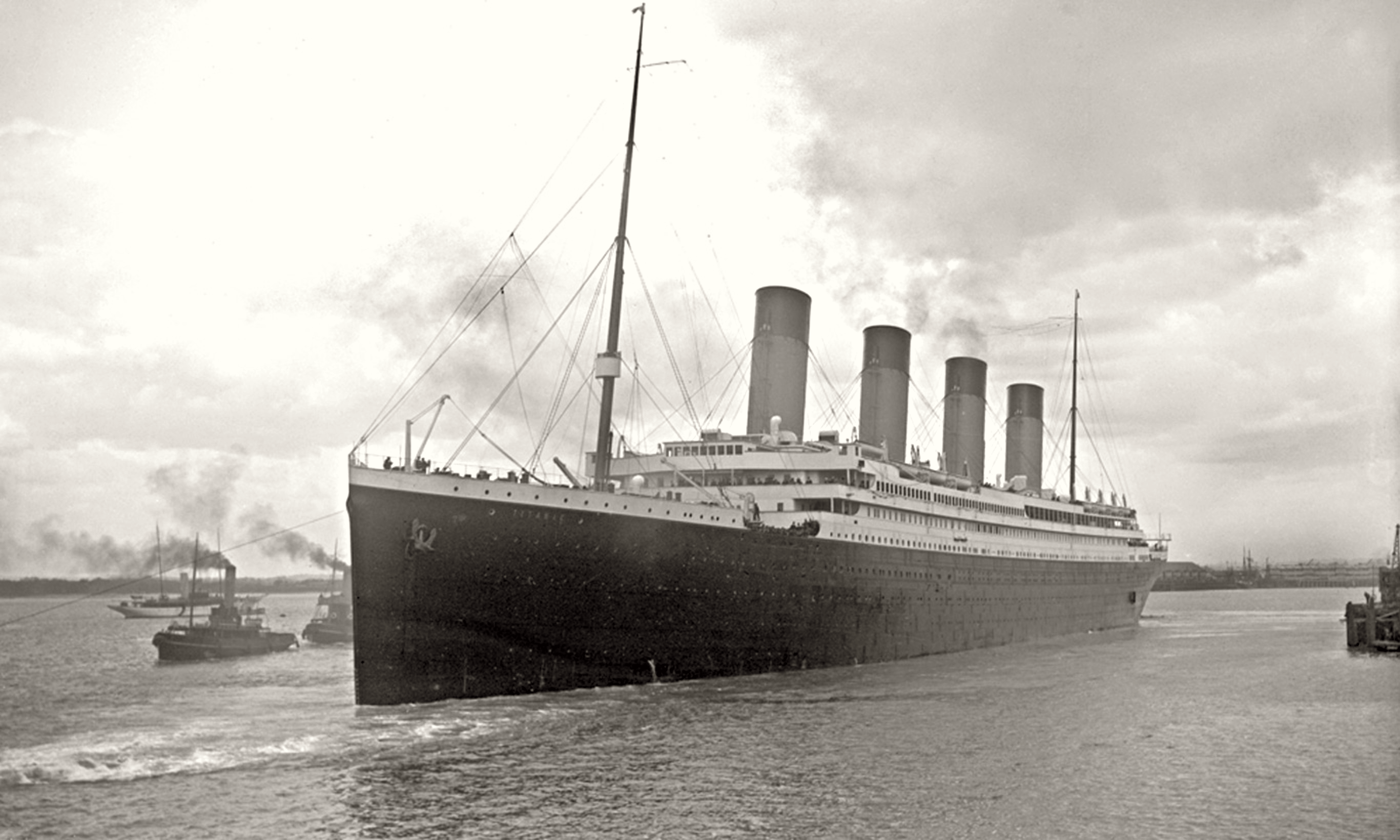10 Fun Facts About the Weird and Wonderful History of Money
The history of money is a tale as old as civilization itself, deeply intertwined with the evolution of societies and the complexities of human interaction. From the earliest bartering systems to the sophisticated digital currencies of today, money has continually adapted to meet the needs of the societies it serves. This article embarks on a journey through time, exploring the quirky and often bizarre milestones that have shaped the saga of money's past. By examining these peculiar developments, we gain not only a deeper understanding of economic history but also a unique perspective on how human ingenuity and cultural dynamics have continually redefined the concept of value. As we delve into this chronicle, we will uncover the fascinating stories of how money has morphed from simple tokens to complex symbols of power and trust, each transition reflecting the ever-changing tapestry of human civilization.
1. Barter and Beyond: The Birth of Exchange
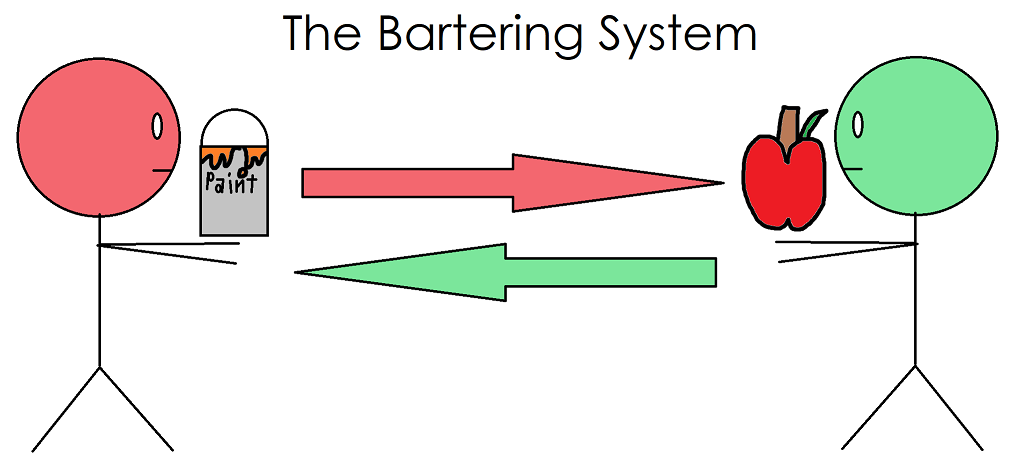
Long before coins and banknotes, human societies relied on barter systems, trading goods and services directly to fulfill their needs. Barter, while simple, was fraught with limitations, primarily the need for a double coincidence of wants. This inefficiency led to the emergence of commodity money—items like shells, grains, and livestock—that held intrinsic value. These commodities became the first standardized mediums of exchange, facilitating trade across communities. The transition from barter to commodity money marked a significant leap in economic sophistication, laying the groundwork for future monetary innovations. This evolution reflects humanity's innate drive to simplify and streamline economic transactions, paving the way for the complex financial systems we navigate today.
2. The Lydian Leap: Coins as Currency
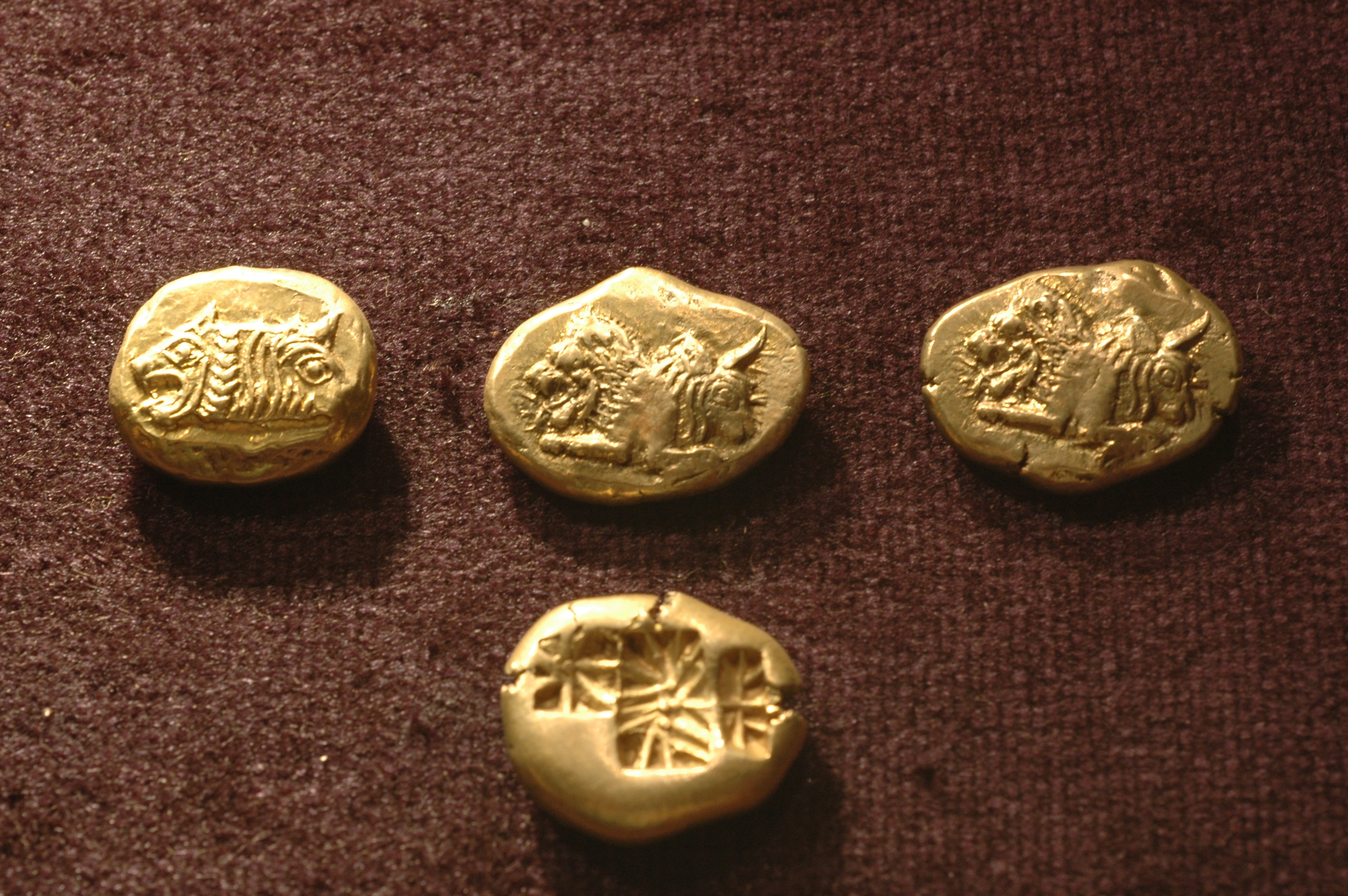
The introduction of coins around 600 BCE by the Lydians in modern-day Turkey was a revolutionary moment in monetary history. These early coins, made from electrum—a naturally occurring alloy of gold and silver—were stamped with symbols to denote authenticity and value. Coins solved many problems inherent in barter and commodity money, offering a portable, durable, and divisible form of currency. This innovation spread rapidly across the ancient world, facilitating trade and economic growth. Coins not only standardized transactions but also became tools of political propaganda, with rulers imprinting their likenesses and symbols of power, thus intertwining currency with governance and identity.
3. Paper Promises: The Advent of Banknotes
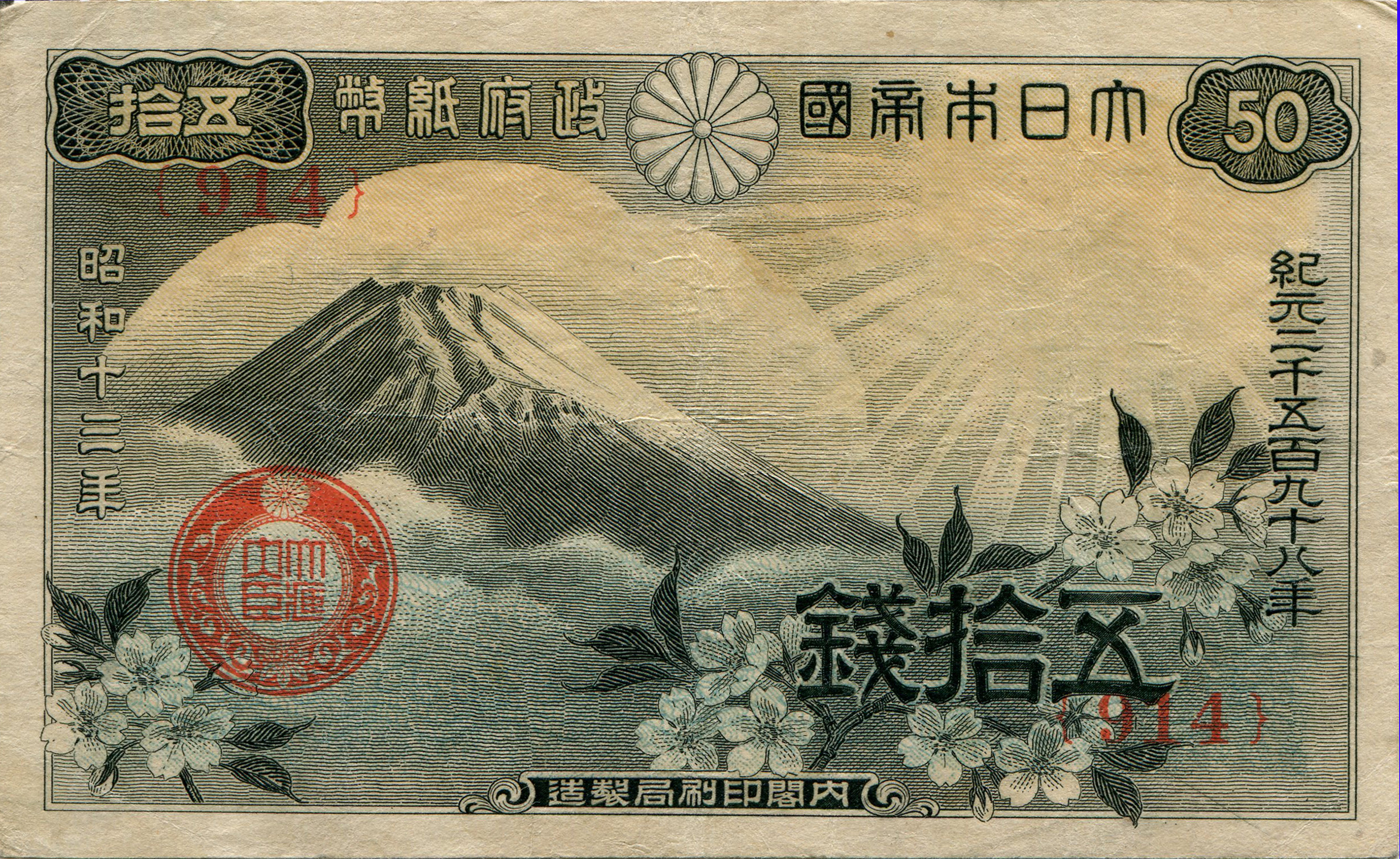
4. The Gold Standard: A Golden Era?
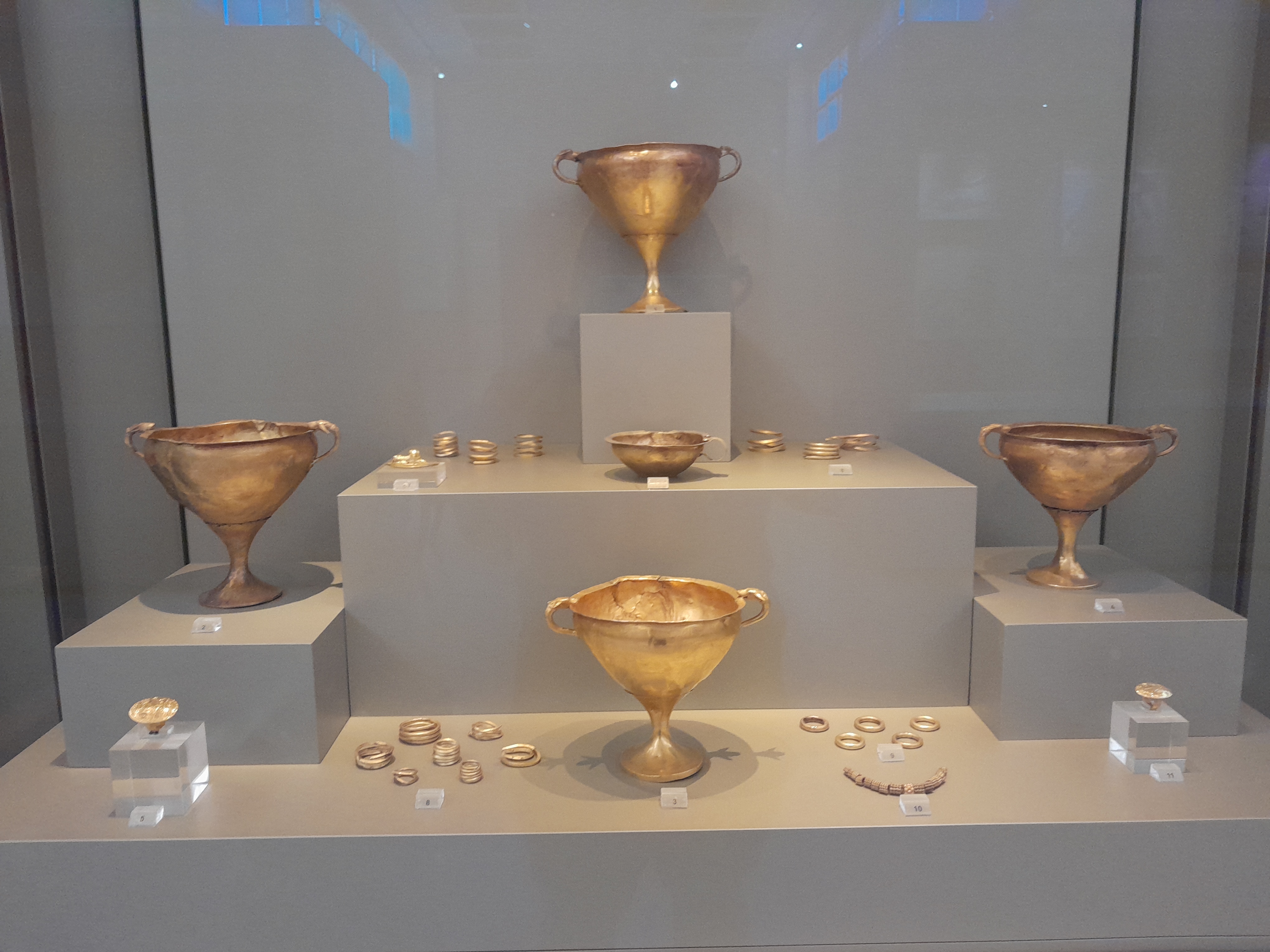
The gold standard, which emerged in the 19th century, anchored national currencies to a fixed quantity of gold. This system provided stability and facilitated international trade by ensuring that currencies were backed by tangible assets. However, the gold standard also imposed rigid constraints on monetary policy, limiting governments' ability to respond to economic crises. The Great Depression exposed these limitations, leading to the gradual abandonment of the gold standard. Despite its eventual demise, the gold standard left a lasting legacy, influencing contemporary debates on monetary policy and the nature of value itself.
5. The Rise of Banking: From Temples to Wall Street
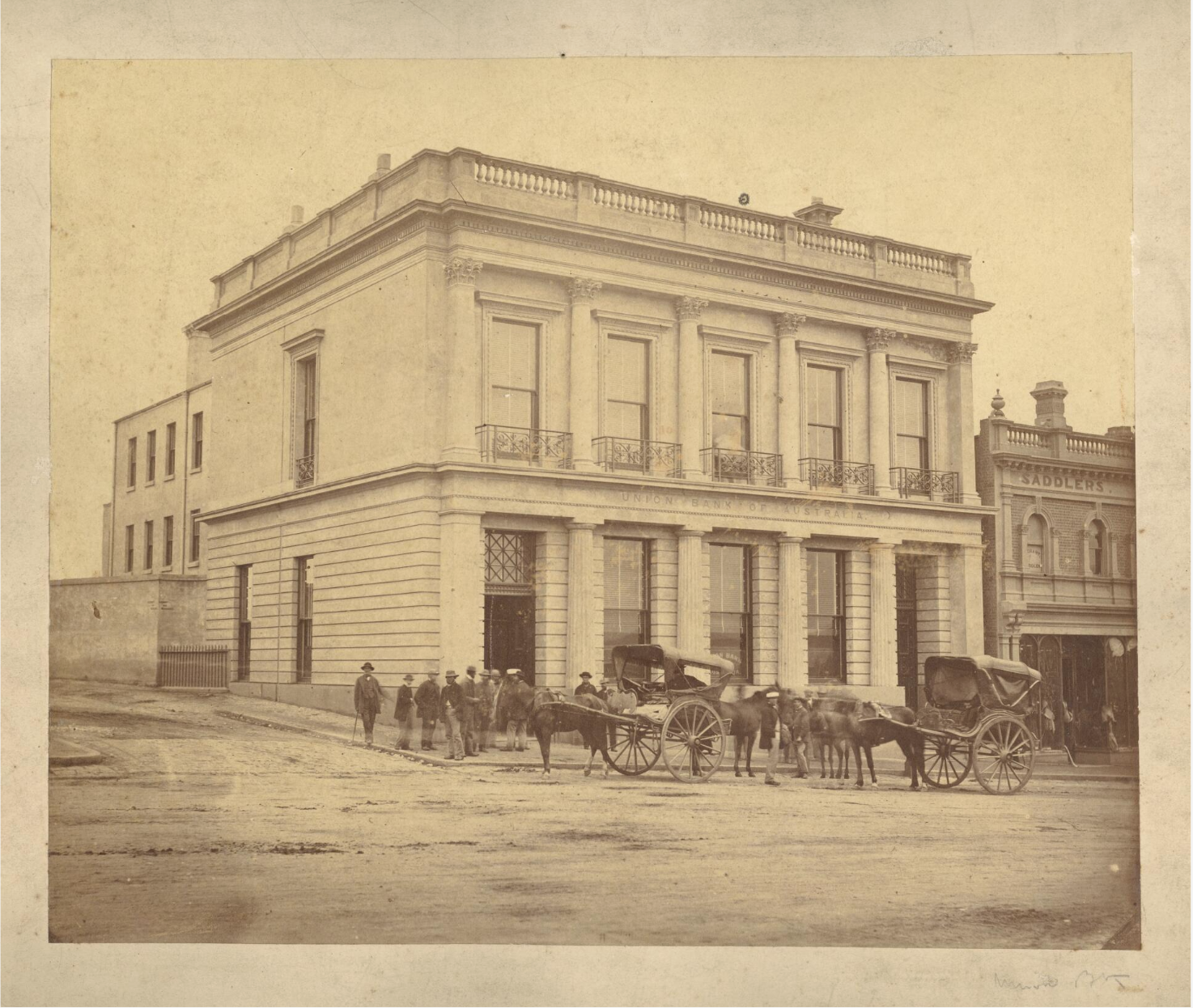
Banking has ancient roots, with early forms appearing in Mesopotamia, where temples served as secure places for storing grains and valuables. Over time, these institutions evolved into complex financial entities, facilitating loans, deposits, and currency exchange. The Medici family in Renaissance Italy played a pivotal role in developing modern banking, introducing double-entry bookkeeping and letters of credit. As banking expanded, it became integral to economic development, funding exploration, industry, and innovation. Today, banks are central to global finance, yet their origins are a testament to the enduring human quest for security and growth in economic affairs.
6. Hyperinflation Horrors: Lessons from History
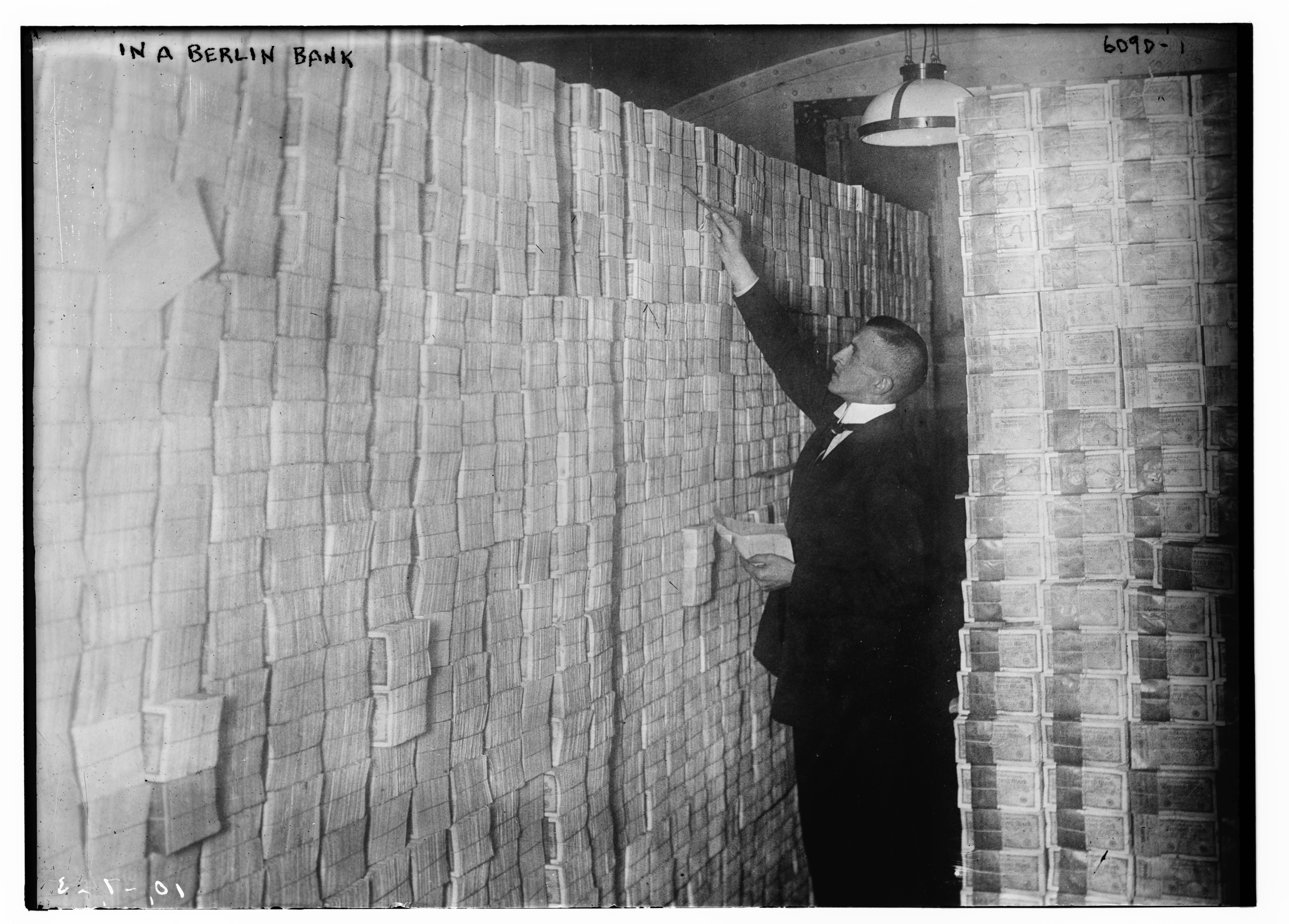
Throughout history, hyperinflation has wreaked havoc on economies, eroding savings and destabilizing societies. One of the most infamous cases occurred in Weimar Germany, where post-World War I reparations and economic mismanagement led to a catastrophic collapse of the currency. Hyperinflation creates a vicious cycle of rising prices and diminishing confidence, often resulting in social unrest and political upheaval. These episodes serve as stark reminders of the delicate balance required in monetary policy and the devastating consequences when that balance is lost. Understanding these historical lessons is crucial for preventing similar crises in the future.
7. The Quirky Currency: Peculiar Forms of Money
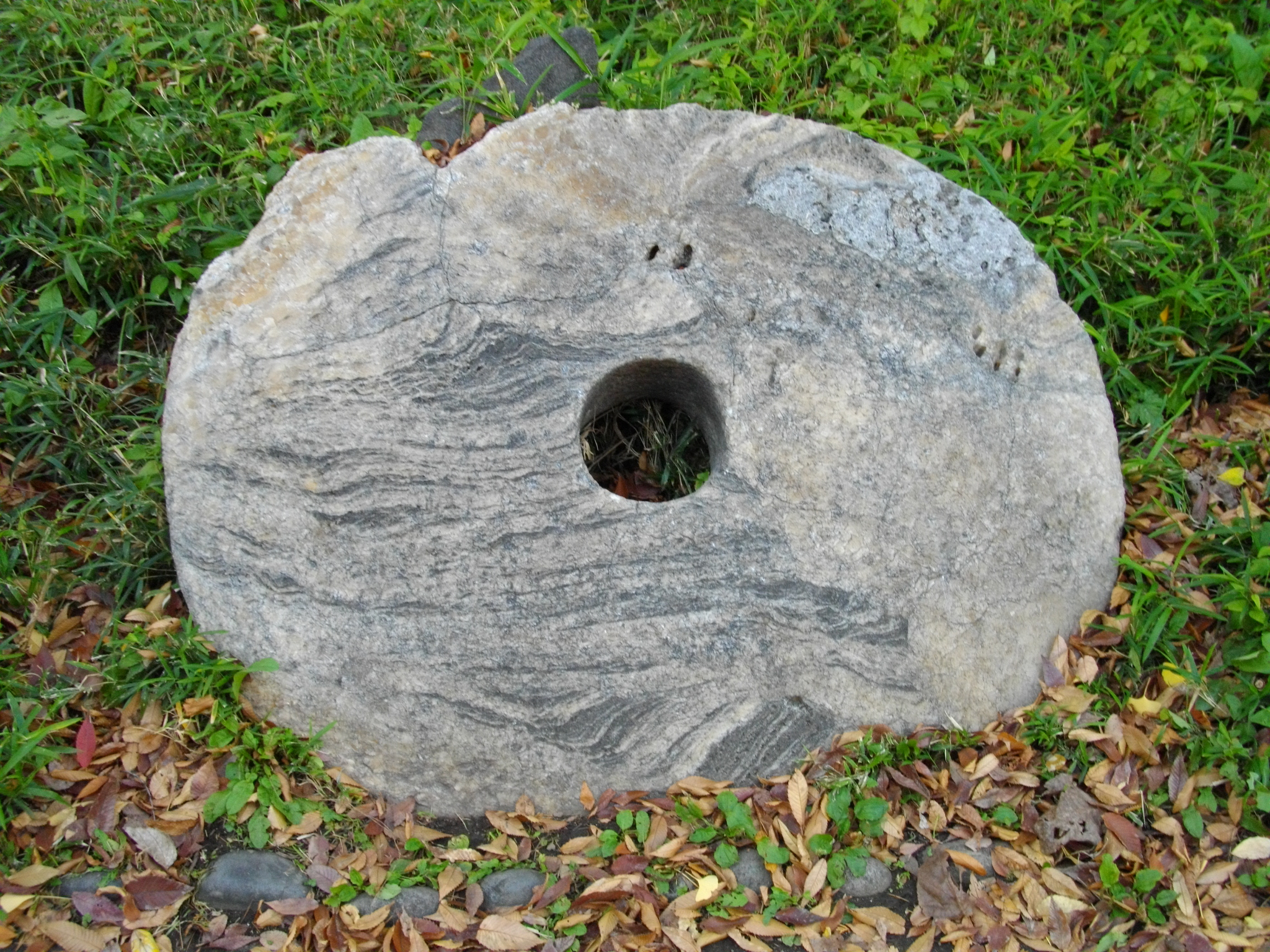
Throughout history, various cultures have adopted unusual forms of money that reflect their unique values and environments. The Yapese people of Micronesia used massive stone disks called Rai stones, which, despite their size, facilitated trade through a shared understanding of ownership. In prisons, cigarettes have often served as currency, their value derived from scarcity and demand. These quirky currencies highlight the adaptability of money as a concept, demonstrating that its true value lies in mutual agreement rather than physical form. Such examples offer intriguing insights into how societies assign worth and maintain economic systems.
8. The Digital Revolution: Money in the Age of Technology
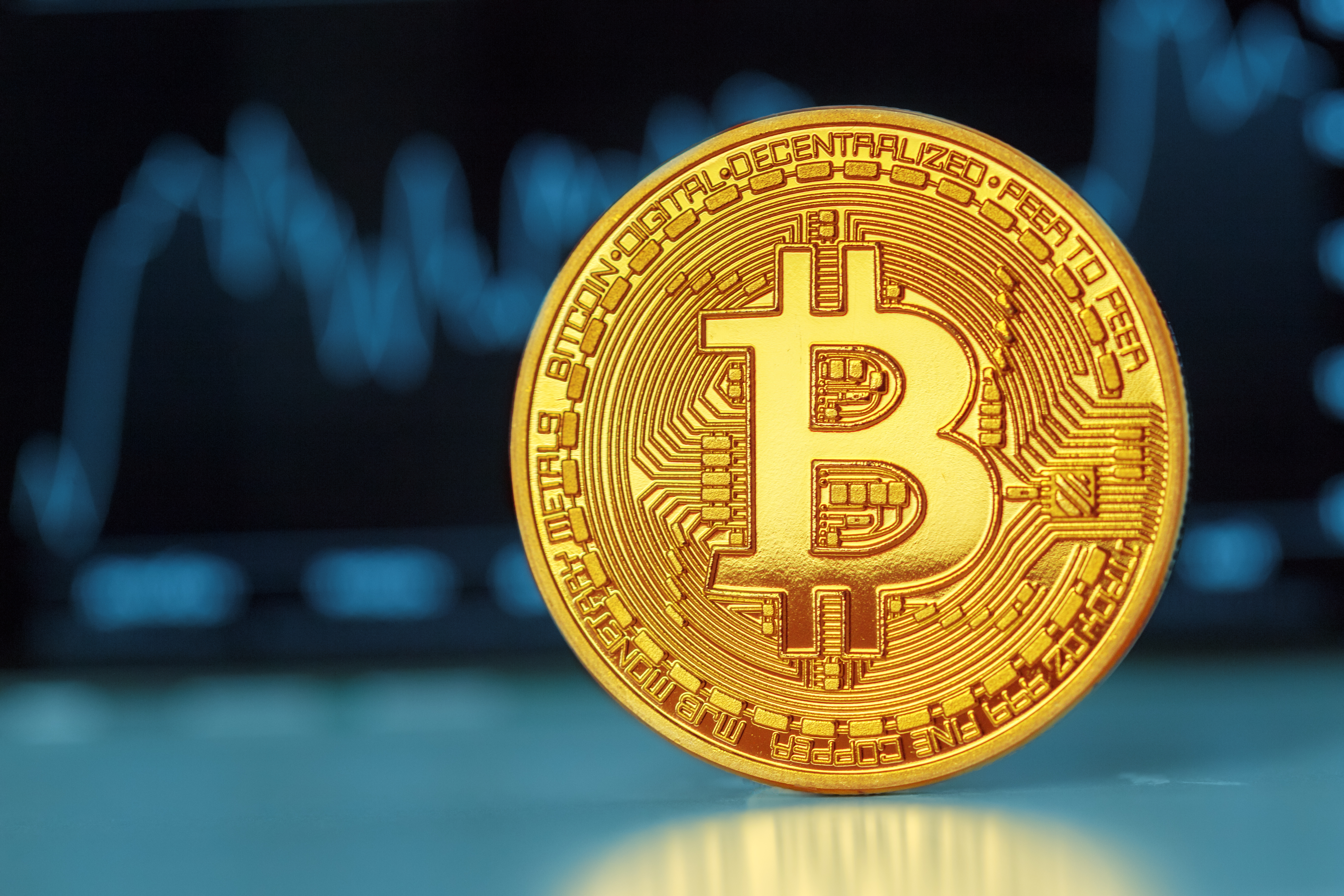
The advent of digital technology has transformed the landscape of money, giving rise to electronic payments, cryptocurrencies, and blockchain technology. Bitcoin, the first decentralized cryptocurrency, introduced in 2009, challenged traditional banking by offering a peer-to-peer, transparent, and secure transaction system. Cryptocurrencies have sparked debates on regulation, security, and the future of money, as they promise to democratize financial systems and reduce transaction costs. Meanwhile, digital platforms like PayPal and mobile payment systems have revolutionized everyday transactions, making money more accessible and fluid than ever before. This digital revolution continues to reshape the way we perceive and use money.
9. The Role of Money in Shaping Societies
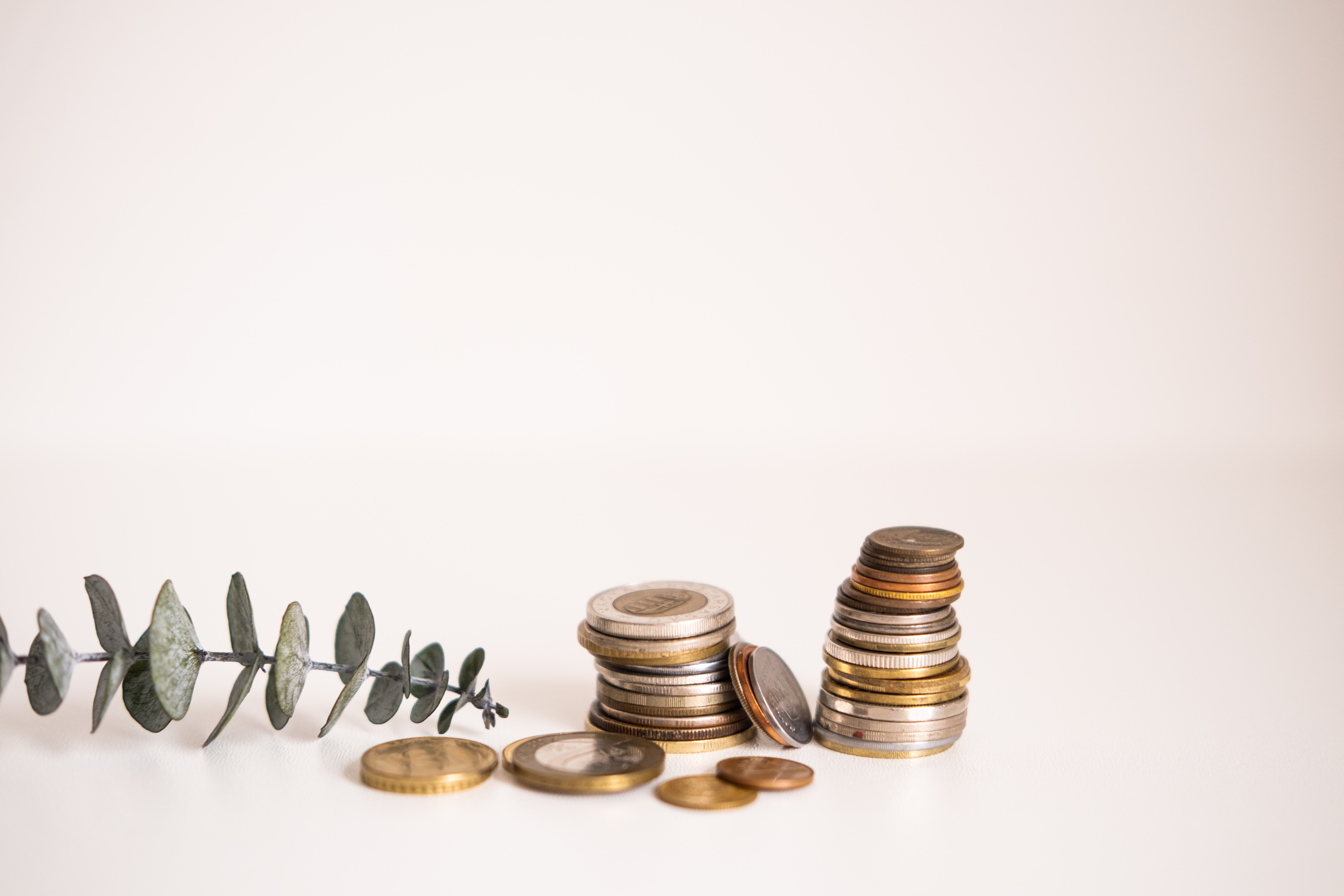
10. Money and Culture: Symbols of Power and Identity
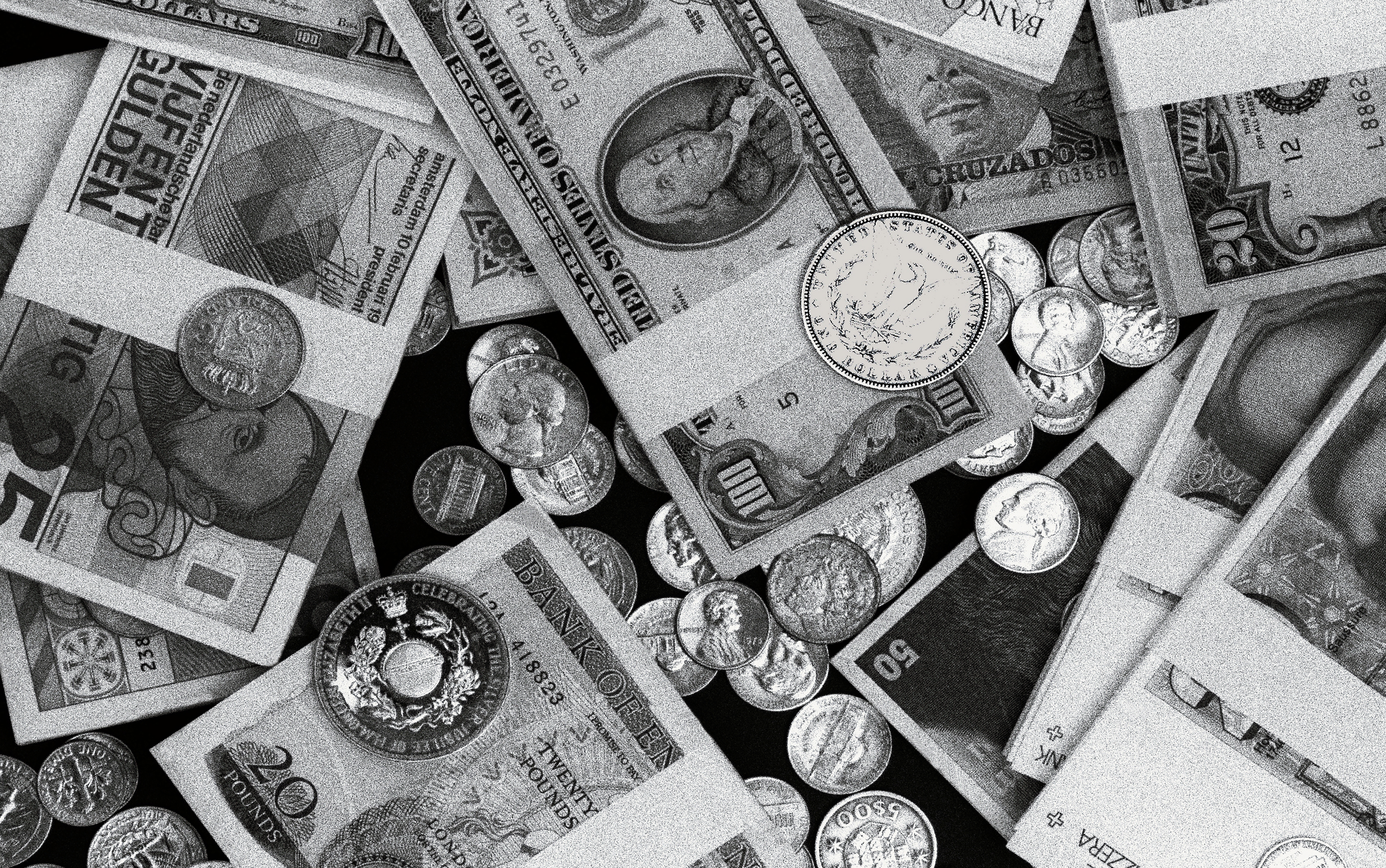
Currency often serves as a reflection of cultural identity and national pride. The images and symbols imprinted on coins and banknotes tell stories of historical figures, achievements, and values. For example, the U.S. dollar features founding fathers and national symbols, reinforcing a sense of unity and heritage. In times of political change, new regimes may issue redesigned currency to assert authority and break from the past. Money, therefore, is not just a medium of exchange but also a canvas for cultural expression, offering insights into the values and aspirations of the societies that create it.
As we stand at the cusp of a new era in monetary history, the future of money promises to be as dynamic and unpredictable as its past. The rise of digital currencies, evolving economic systems, and shifting cultural values will continue to redefine what money means and how it functions. While technology offers exciting possibilities, it also presents challenges that require careful navigation to ensure that the benefits of innovation are widely shared. By understanding the quirky and marvelous saga of money's past, we are better equipped to shape a future where money serves as a tool for prosperity and progress, reflecting the diverse and interconnected world we inhabit.






